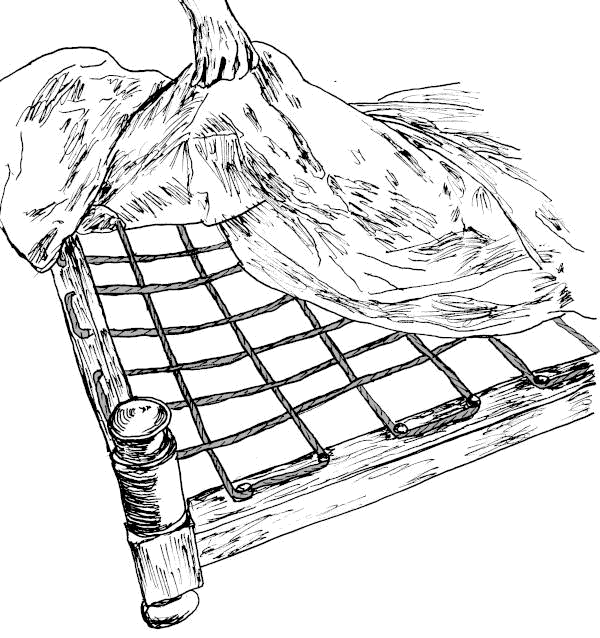
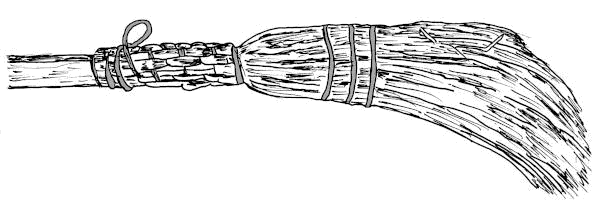

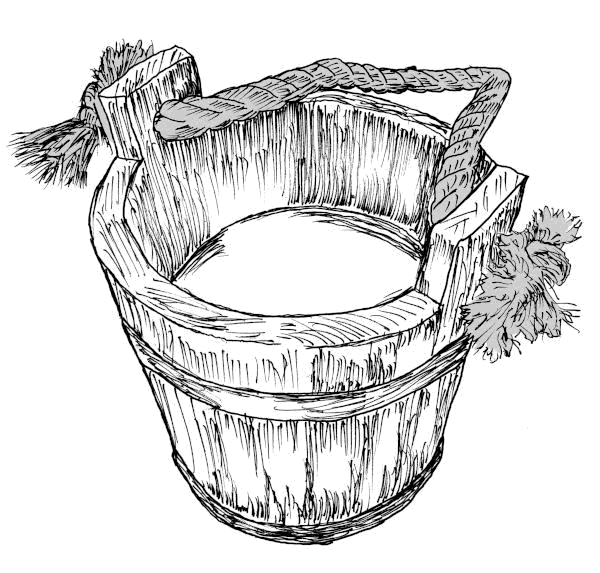
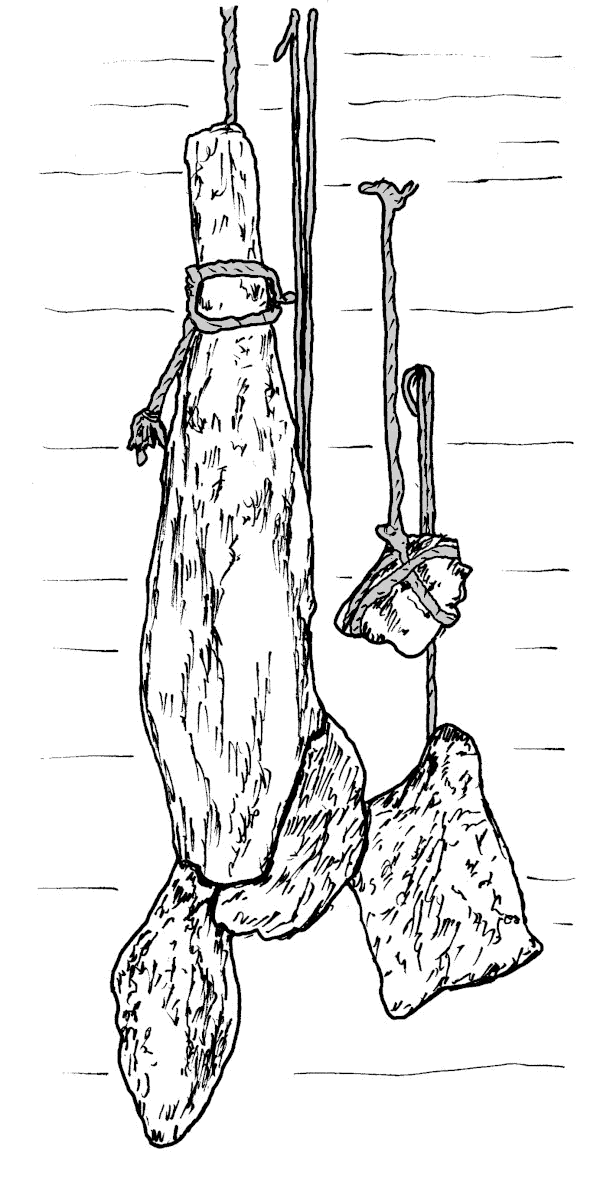
| Home | Contents | Chapter 2 |
Rope has been placed on a level with the wheel and fire as one of mankind's most important inventions.[465] But the exact origins of rope are hard to pin down. Somebody once said that history is always changing. The history available to a Colonial ropemaker was very different than the history available today.
The King James' Bible was a history source familiar to everybody, whether they could read or not. "Rope" is first mentioned in Judges 16:11, where Samson tells Delilah (dishonestly), "If they bind me fast with new ropes that never were occupied, then shall I be weak, and be as another man."[010]
"Cords" show up even earlier. Exodus 35:18 talks of "The pins of the tabernacle, and the pins of the court, and their cords..." Rope wasn't around at the very beginning, or at least was not mentioned in Genesis. But Adam and Eve "... knew that they were naked; and they sewed fig leaves together, and made themselves aprons." Genesis 3:7.[010] Maybe they sewed their aprons with grass or yucca. Or maybe they already knew how to make thread.
The Native Americans had rope when the first European explorers came over. The Indigenous Americans used the same two- and three-ply twisting structure as the Europeans.[635] [498] They introduced the Colonists to new plants, and the methods they used to twist the fibers might have been different, but the structure of their cordage was the same. The American Indians used dogbane (Apocynum cannabinum) to make rope superior to European rope, at least in the opinion of one 1600s writer. "Their cordage is so even, soft, and smooth, that it lookes more like silke than hemp..."[917]
By the late 1700s, Colonists along the coastal waterways seldom saw the Native Americans. After the French and Indian War, and the Proclamation of 1763, the Native Americans, and their skills, were all west of the Appalachian Mountains, an area made off-limits to the Colonial settlers. The treaties of Fort Stanwix (1768) and Hard Labour (1770) effectively pushed the Native Americans even further West.[628]
All trade goods came from Europe by ship. Lots of ships, lots of rope. Miles of rope. Sailing ships used from four to upwards of forty miles of rope in their rigging.[240] [250] [510] [110] You could say a boat-load of rope. Rope that wears out, rots under harsh sailing conditions, and needs to be replaced every few years.
The new Colonies had been identified, as early as 1590, as an ideal place to grow hemp for England.[370] "In 1619, because hemp was such an important resource, it was illegal not to grow hemp in Jamestown."Maps [410] Twenty years later in Boston Maps, "... the most significant import of 1630 was one John Harrison, master ropemaker..."[610] from Salisbury, England.Maps He was given a monopoly on rope manufacturing in Boston for as long as he practiced the trade.
Despite the offer of several bounties for hemp production,[750] [410] [610] most farmers chose to grow tobacco as a cash crop.
A few farmers, with plenty of land and labor, grew hemp, but mostly for their own use. George Washington, for example, grew hemp for use in his fishing operations at Mount VernonMaps [750].
Until just before the Revolution, the Colonies were importing most of their hemp from Russia, via England. Boston alone imported 400 tons in the first six months of 1770 to support their shipbuilding and sailing business.[410]
Everybody who could not afford expensive, imported, hemp made rope out of whatever they could find. The woods and fields provided numerous fiber sources for home and farm needs. Everyday Colonial life required plenty of rope. Rope to lower the bucket into the well. Rope for the handle of the bucket, rope to bind up brooms. Rope to hang hams and bacon in the smokehouse. Cord to drive spinning wheels. If you lived in town, in a large house, then you also needed rope to support the mattress in the bed and rope for the window sash weights. You might even use rope for clotheslines, but it was more common to dry clothes on bushes, since clothespins hadn't been invented yet.
  |


|
 |
The local militias needed rope for everything from carrying canteens, to hauling artillery. They needed ropes to pitch tents, and keep their drum heads tight.
Ropemaking continued up and down the colonies, with very little change in equipment or materials, for the next one hundred and forty years.
The Boston MassacreMaps, one of the sparks for the American Revolution, took place on Monday evening, March 5th, 1770. But it started the Friday before.
... on Friday the second instant, between 10 and 11 o'clock in the forenoon, three soldiers of the 29th regiment, came up Mr. Gray's ropewalk, and William Green, one of the hands, spoke to one of them, saying, Soldier, will you work? The soldier replied, Yes. Green said, then go and clean my s--t-house. The soldier swore by the Holy Ghost that he would have recompence, and tarried a good while swearing at Green, who took no further notice of him...[100]
Matters got worse.
A difference having happened near Mr. Gray's ropewalk, between a soldier and a man belonging to it, the soldier challenged the ropemakers to a boxing match. The challenge was accepted by one of them, and the soldier worsted. He ran to the barrack in the neighborhood, and returned with several of his companions. The fray was renewed, and the soldiers were driven off. They soon returned with recruits and were again worsted. This happened several times, till at length a considerable body of soldiers was collected, and they also were driven off, the ropemakers having been joined by their brethren of the contiguous ropewalks.
The fighting continued all weekend long. Finally, around 9:00, on the night of the 5th, a crowd of rowdy people were harassing a soldier on guard duty in front of the Customs House.
George Coster being in King-street at the time above mentioned, declares that in five or six minutes after he stopped, he heard the word of command given to the soldiers fire, upon which one gun was fired, which did no execution, as the deponent observed, about half a minute after two guns, one of which killed one Samuel Gray a ropemaker, the other a molatto man, between which two men the deponent stood, after this the deponent heard the discharge of four or five guns more, by the soldiers...
A ropemaker was the root cause of the Boston Massacre, and three days later, another ropemaker became one of the first martyrs of the American Revolution.
Although many advances have been made, there is still a lot more waiting to be discovered. This time line, with some of the milestones of rope history plotted to scale, shows just how big the gap is in our understanding of rope history. A Colonial ropemaker would only be aware of a small sliver on the right hand end.

Figure 1.2: Scaled Time Line of Rope. |
Several discoveries have been made claiming to be evidence of rope, and rope making tools, dating back forty thousand years.
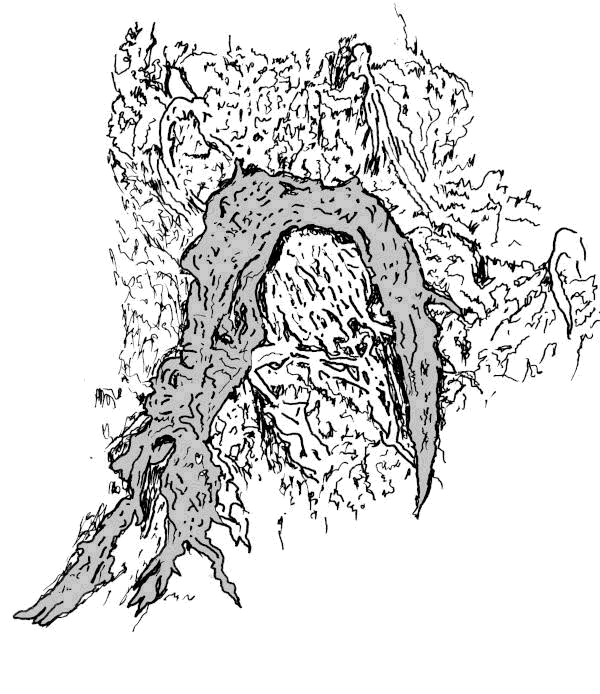
Figure 1.3: Abri du Maras Artifact, (derived from [955]).
This claim is controversial. Not least because the sample found was "... approximately 6.2 mm in length and approximately 0.5 mm in width." That's a quarter of an inch long, and just over 1/64th inch in diameter. For comparison, a U.S. Dime is 17.91 mm in diameter, and 1.35 mm thick. The Neanderthals had to have a very compelling need to twist three-ply rope that is only as thick as the letter "I" and as long as "LIBE" in "LIBERTY" on a dime. To look at it another way, 0.5 mm is just slightly thicker than the average thumbnail, and 6 mm most likely would not stretch from edge to edge across you little finger nail. Measure it and see. Indeed, it is so small that it was only discovered with a very modern microscope. Not only were the Neanderthal ropemakers clever, they also had great manual dexterity, and wonderful eyesight.
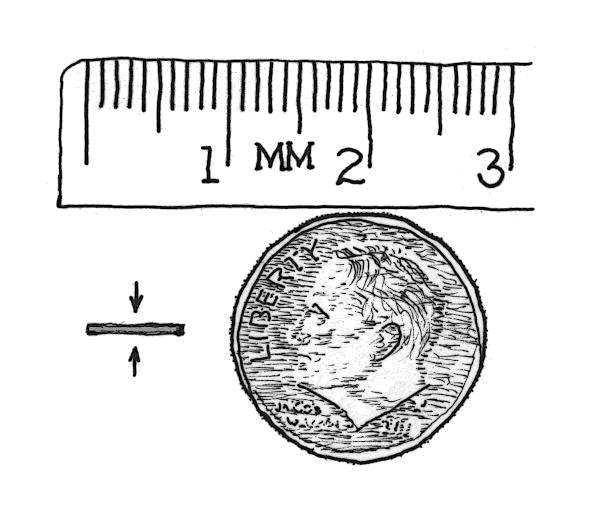
Figure 1.4: 0.5 mm Mechanical Pencil Lead (between arrows), Approximately 6mm Long, with U.S. Dime, and Scale for Reference.
Using just two hands, it is much easier to make a two-ply cord than a three-ply cord. One half of a millimeter is thinner than half the strings on a guitar, finer than kitchen twine, slimmer than a candle wick. For trapping, 0.5 millimeter wire is used for very small animals like squirrel.[137] Modern, synthetic, fishing line of 0.5 millimeter diameter is rated at 25 - 30 pound test.[607] A plant fiber line of this size would be much weaker than metal wire or synthetic fishing line. It is hard to picture a use that would justify the effort needed to produce a three-ply string of this fine diameter when sinews, gut, and many untwisted plant fibers are longer and require much less work. But perhaps there is no justification, perhaps the ropemaker was just indulging in a bit of bravura. I've been guilty of twisting three-ply cord from a fine blade of grass. A single hair. Even spider silk, though not very well. Just to prove to myself that I could.
Sub-millimeter yarns and threads are known from the Lamona RockshelterMaps (6400 - 1250 B.C.), in Washington State.[635]
Lake ConstanceMaps has preserved 0.2 - 0.3mm, two-ply threads, from around 3900 B.C. There is an example of 0.6 mm thread, from Bronze Age (2300 - 1500 B.C.) Italy.[390] However, that's a 30,000 year gap from the Abri du Maras specimen.
But if this isn't a piece of rope, what could account for the twisted fibers?
One option is that this is a decomposed piece of natural plant matter. Many different species of vines, collectively known as lianas, climb by winding their way around a support, or sometimes their own shoots. The Japanese Honeysuckle (Lonicera japonica), Figure 1.5 below, left, naturally forms an S twist, and the Oriental Bittersweet (Celastrus orbiculatus ), right, a Z twist. But these are much larger than the specimen found at Abri du Maras.
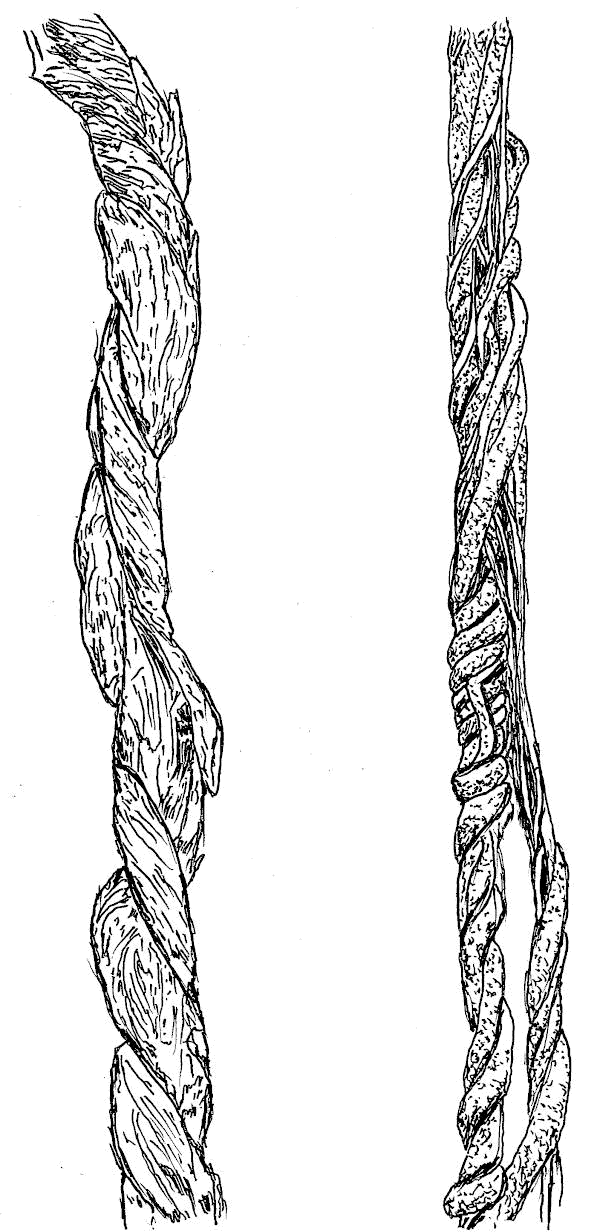
Figure 1.5: Naturally Twisted Japanese Honeysuckle (left) and Oriental Bittersweet Vines (right).
Each approximately two inches in diameter.
Closer to size are the tendrils of grapevines, melons, peas, vetches, and some climbing vines. These tendrils can be a millimeter in diameter, or smaller.
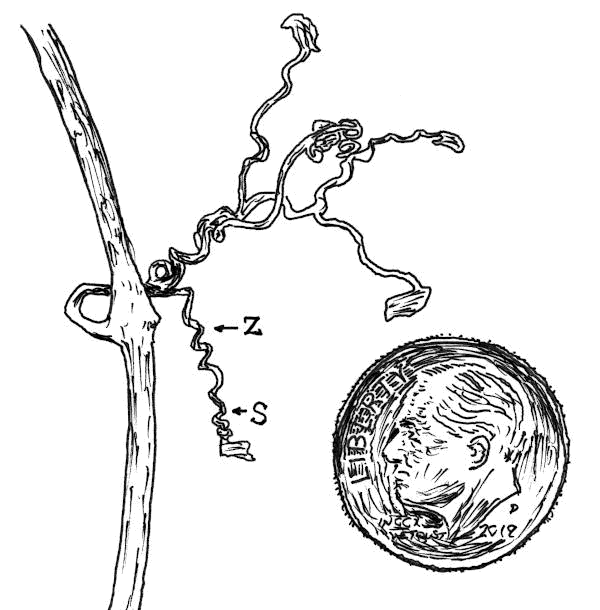
|
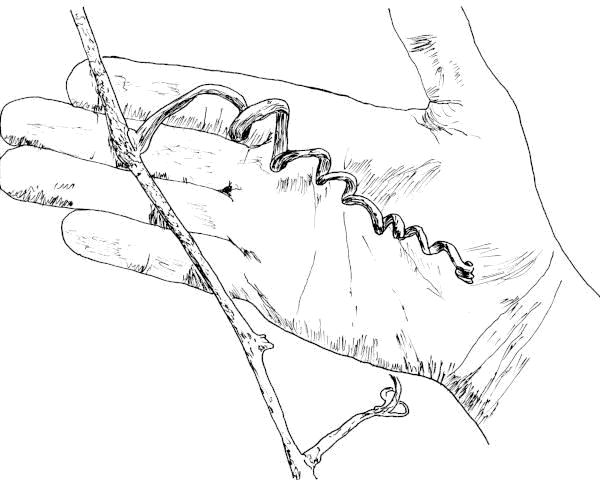
|
An individual cucumber tendril will initially wrap around a support with an S twist. Once it has established a firm anchor, Charles Darwin noted,
"A tendril ... invariably becomes twisted in one part in one direction, and in another part in the opposite direction... This curious and symmetrical structure has been noticed by several botanists, but has not been sufficiently explained."[216]This produces a natural bunch of fibers with both an S twist and a Z twist over a very short length.[469] [603]
The Virginia Creeper (Parthenocissus quinquefolia) tendril in Figure 1.6 (top) has a Z twist closer to the main vine, and an S twist towards the end. The Porcelain Berry (Ampelopsis brevipedunculata) tendril on the bottom has an S twist in the left half, nearest the fingertips, and a Z twist in the right half, nearest the wrist.
On the microscopic scale, many valuable commercial plant fiber cells have a helical structure. [770] The "coiled coil" pattern is also found in various insect silks.[272] [475] But these coils are much smaller than the Abri du Maras bundle of fiber.
A second option is water deposition. The published photos look like the fibers had been caught on a rock while flowing down a stream.

Figure 1.7: Grass Caught on a Rock, in a Stream.
At Abri du Maras, individual fibers are seen draped over the lump the artifact is wrapped around, and additional fibers are located in other places on the rock surface. All the fibers, whether part of the artifact or not, are oriented in the same direction.
In a modern context, bridge designers are very interested in the flow of water past bridge piers and how those flows affect erosion at the base of the supports. The Abri du Maras artifact looks quite similar to the flow diagrams of "horseshoe" or "necklace" vortices in modern engineering texts, whether of bridge design, [062] [620] aeronautical engineering, [884] or Martian surface morphology. [974]
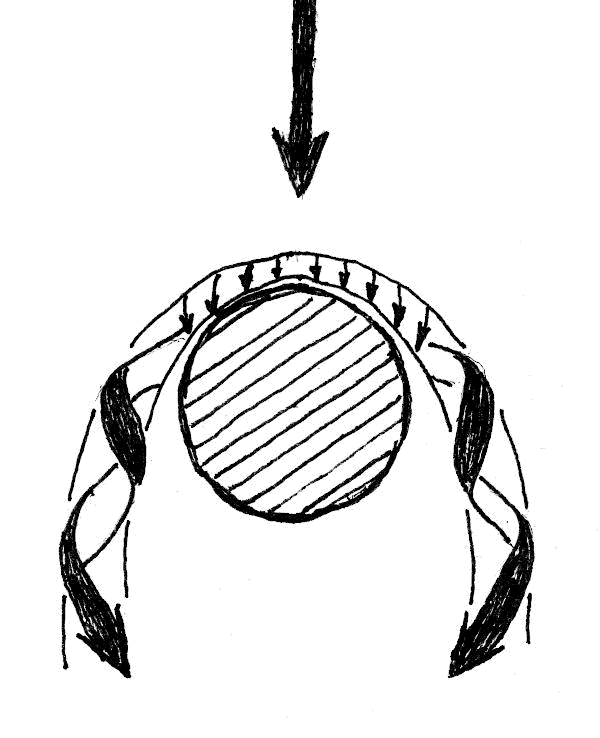
Figure 1.8: Horseshoe Vortex Around a Submerged Cylinder.
Compare Figures 1.3, 1.7, and 1.8. An S twist helix on the left, and a Z twist helix on the right of the obstruction. Perhaps waterborne fibers were caught and twisted in a vortex caused by flowing water. If you've ever cleared a hair clog from a bathroom sink drain, you will understand.
A third option is that these fibers came from an animal. I do not know what shape fibers from cat hairballs, or owl pellets take. But fox and coyote scat are described as having a ropey, twisted texture due to the undigested hair of their prey.[958] Weasel scat is smaller, thinner, and noted for its twisted ends.[645] Maybe this artifact is just a piece of crap.
Whoever the first ropemaker was, whenever that first rope was made, there were already many natural examples to copy.

Figure 1.9: Hohle Fels Cave Artifact, (derived from [975]).
Early reports posited that pulling fibers through the grooved holes would help twist the fibers and assist in forming rope. Speculation continues into 2024[177] But if you will notice, the hole furthest from the broken end has clockwise grooves on one side, and counter-clockwise grooves on the other side. If the grooves were designed to impart a twist, this hole is not going to be effective.
Other ancient tools, with similar spiral grooved holes, have been discovered across Europe. [580] A single hole is most common, but some examples have up to five holes. Quoting Don Hitchcock, "...the pierced baton has produced no less than 37 hypotheses regarding its use." [420] Rope making was just one of the many propositions.
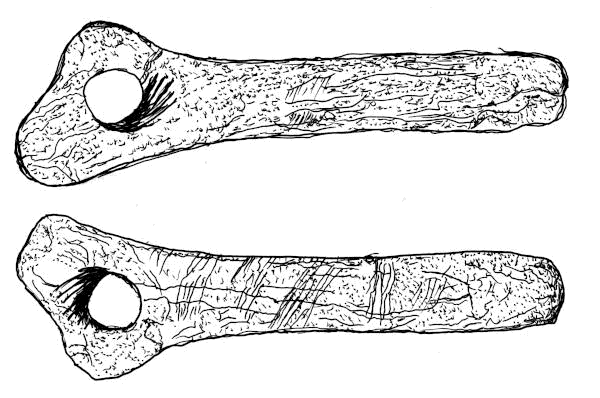
Figure 1.10: Gough's CaveMaps Artifact.
Actually, the grooves would not impart any twist to fibers pulled through the tool. A common item in a modern mechanic's tool box is the bolt extractor, shown in Figure 1.11, below. This tool is designed to grip bolts with worn, rounded heads. I'm not suggesting that this is the "real" purpose of the Hohle Fels tool. But the constricting spiral grooves on the inside are similar to the grooves in many of the pierced batons, including the Hohle Fels Cave tool.
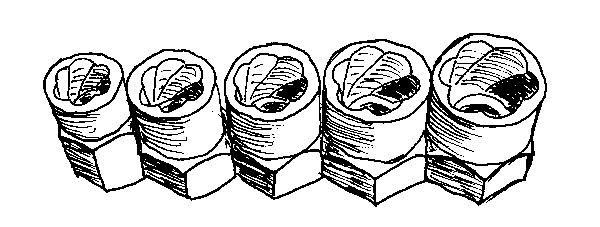
Figure 1.11: Set of Modern Bolt Extractors.
If you push a bundle of fibers through a bolt extractor, the grooves will force the fibers around, but once past the grooves, with nothing to constrain them, the fibers recover their original shape and fan out again. Not like pasta pushed through a pasta maker, which deforms and retains the shape of the mold, or frosting piped onto a cake.
If you pull a bundle of fibers straight through a bolt extractor, the fibers naturally follow the path of the pull. If you pull in a straight line, the fibers will come out of the extractor straight and parallel. The extractor does nothing but temporarily constrict the bundle. If you twist the fibers as they pass the constriction, the fibers will form a twisted yarn, but that's due to your twisting, not the shape of the hole.[095]
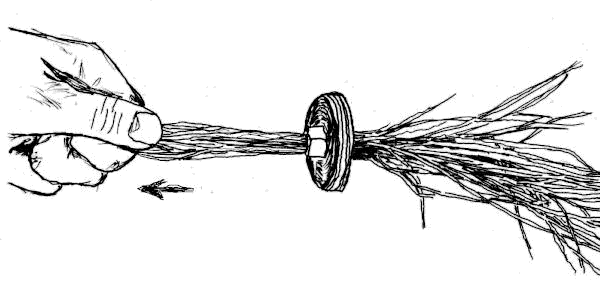
Figure 1.12: Pulling Grass Through an Extractor.
The impressions are of a three-ply rope, each strand made of two-ply cord. The impression was approximately 10 1/2 inches long and 1/2 inch in diameter. Lascaux Cave is famous for the paintings which have been dated to 15,000 - 17,000 BC. However, there was no way to prove the rope was contemporary with the paintings. The cave entrance was known, and fenced to keep animals from falling in, before the discovery of the paintings in 1940.[327] The most recent dates from charcoal found in the cave is from about 6000 B.C.[050] It is not known when, or if, the cave was sealed after the last paintings were made, nor when the opening explored in 1940 first opened. The rope, lacking any other evidence, could have been left in the cave any time during the past 19,000 years.
The bundles of fiber have a single-ply "Z" twist, but the twist angle varies between 20o and 80o. The twisted bundles are between 2 and 3 millimeters long, half that of the Abri du Maras artifact. These might qualify as yarn: the authors do not claim that this is rope.
The Hohle Fels tool might, or might not (my vote is "No"), have been used for making rope. The Abri du Maras fibers might, or might not, be the deliberate construction of an early European. The Lascaux rope has no reliable date, and the Ohalo II fibers are inconclusive.
When the first rope was made is still up for debate.
Perforated objects that look suspiciously like beads have been found in Africa, India, and Australia dating back over 30,000 years.[360] One can string beads without making string, using untwisted sinew or bark strips, for example. It is only from our modern perspective that beads mean twisted fiber.
The Native Americans are thought to have come from Asia some time in the 18,000 - 12,000 B.C. period. Some say as early as 30,000 B.C. Some hypothesize they travelled down the Pacific coast of the Americas in boats. Australia was populated at least 50,000 years ago, also probably by boats or rafts. The island of Crete has been populated for at least 130,000 years. Boats don't necessarily indicate ropes; all this seafaring could have been done in dug-out canoes, or rafts of some sort. The frames of Alaskan and Greenland kayaks were lashed with strips of untwisted seal hide,[291] until very recent times.
So far, archaeologists have yet to show how these earliest settlers crossed the waters, or if they used ropes to help with their navigation.
The Coves de Santa Maira, SpainMaps has a well preserved 1 1/2 inch long and 1/8 inch thick piece of three-strand plaited (braided) cord dating to 10,000 B.C.[806]
After around 6000 B.C., there is no lack of evidence of twisted rope. Preserved two- and three-ply cordage has been found at the Lamona Rockshelter in Washington State (8000 B.C. - 1000 A.D.).[635]
OtziMaps, the Iceman, 3300 B.C., had a three-ply sinew bowstring with him when he died in the Alps.[070]
The Corded Ware people were active in Europe around 2800 B.C.[170] [900] The name comes from typical decoration on their pottery made by pressing cords into the wet clay. Some of the impressions preserve enough detail to identify single- and two-ply cords. Two- and three-ply textile fragments, associated with the Corded Ware people, have been recovered at Robenhausen, Switzerland,Maps dated to around 2300 B.C.[450]
Eighty coils of well-preserved rope, one to two inches in diameter, were found in Egypt's Cave of Ropes at Mersa/Wadi GawasisMaps in 2001.[080] These are three-ply ropes, from around 1780 B.C., structurally indistinguishable from modern ropes.
Paintings in an Egyptian tomb from 1390 B.C. show people making two-ply rope with weighted spinners.[820] Photographs of the well preserved rope seal on King Tut's tombMaps, c. 1328 B.C., also show three-ply construction.[985]
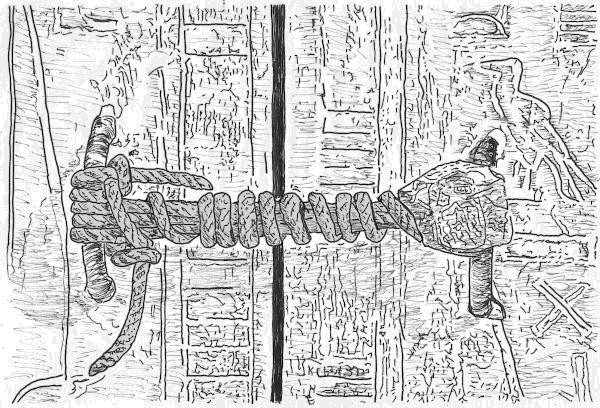
Figure 1.13: Rope Seal on King Tut's Tomb
The wonderful Bronze Age cordage finds at Must FarmMaps, England (850 B.C.) preserve many stages in the production of fine, mostly two-ply, cordage.[053]
Fragments of cord have been found at Montezuma's CastleMaps, Arizona (1100 - 1425 A.D.),[498] among the Hohokam, also in Arizona (1000 - 1100 A.D.)[480], and three-ply ropes were found on the mummies of the Wari people in Peru, (500 - 1000 A.D.).[560]
From about 6000 B.C. until 1800 A.D., the only changes in rope have been in the mechanical tools used for twisting the fibers, and the sources of fibers themselves. The crank, which became a major part of the ropemaker's toolbox, only arrived in Europe at the end of the Roman Empire.[555]
A new era in ropemaking began shortly after the American Revolution, as many new tropical fibers became available. The port of Sisal, MexicoMaps was established in 1810 for the export of henequen fiber. Henequen fibers eventually took on the name of the new port city, (Agave sisalana), now commonly called "sisal".[746] Manila, or abaca (Musa textilis), from ManilaMaps in the Philippines, had been used by Spanish sailors since the 1600s, but Spain only began exporting manila to the rest of the world in 1812.[404] [405] The "Jute Barons" of Dundee, ScotlandMaps, cornered the European market for jute (Corchorus capsularis). The barons imported jute fiber from India, then converted the fibers into cordage and textiles in the numerous mills in Dundee that sprang up after 1838.[600] The very late 1700s, early 1800s were also the beginning of the Industrial Revolution.[775] "It is to be observed further, that the eight years which followed 1774, were those in which machinery was first rendered considerably profitable in Great Britain."[330] Captain Joseph Huddart commenced the first rigorous study of rope, which led to changes in the way yarns are wound to make strands.[445] He also built some of the first practical powered rope mills.[610] [883]
Then, in 1938, Nylon, the first commercially successful synthetic fiber, was discovered. "The new substance, nylon, appeared on the market first as toothbrush bristles, then in 1940 as stockings and lingerie. The fall of the Philippines to Japan in World War II eliminated a major source of abaca, and so nylon production was soon diverted to the war effort."[610]
Noah Webster's "A Compendious Dictionary of the English Language" did not come out until 1806. The English language did not have "correct" spelling until later in the 19th Century.
So the same word will have many spellings in Colonial texts. A flexible wand of willow, used for tying bundles, is spelled "withs" in the King James Bible, but seen elsewhere as "withes", "withies", "withys", and "widdys".
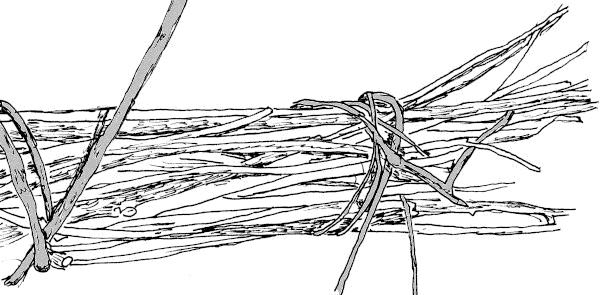
Figure 1.14: A Bundle of Sticks, Bound with Withies.
The Lewis and Clark expedition (1804 - 1806) used "roap" 16 times and "rope" 53 times in their Journal.[553]
Among the Scots, you could also find "raip", "rap", "rape", "raep", "rep", "reap", and "reip".[251]
When the (English) ethnographers and cultural anthropologists started recording the crafts and tools of non-English people (like the Scots and Irish) they made up their own phonetic spellings of these foreign words. A single-ply straw rope from Ireland may be a sugan, sugane, suggane, súgán, or shúgáin.[625] While the same rope from Scotland could be a sookan, soogan, or a soucan. A two-ply Highland rope might be spelled simmen, simman, simmin, simmon, simon, symmon, summon, simmind, simmond, simmint or simmet.[251] This makes searching electronic files difficult. Even more so if the files are OCR generated text from old microfilm copies.
Many of the North American immigrants in the mid- to late-1700s came from Scotland after the failed 1745 Jacobite Rebellion, or as part of the Highland Clearances. They brought their words for things with them.
"Rope" comes from the Germanic / Saxon / Viking roots of the English language and "Cord" from the Latin / Norman / French side of the tree.
Three valuable linguistic resources are: "Survey of English Dialects",[856] the "Dictionary of the Scots Language",[251] and "An Etymological Dictionary of the Scottish Language"[467] all available on-line.
I try to include all the variants of a term the first time it appears here, then attempt to stick to one spelling throughout, unless the variant is part of a quote. As an example, these pages are about "ropemakers" (one word). But they are also seen, even in modern English texts, as "rope-makers" (hyphenated) and "rope makers" (two words). Sometimes, all three in the same work.
| Table of Contents | Introduction | Chapter 2 |
| Colophon | Contacts |